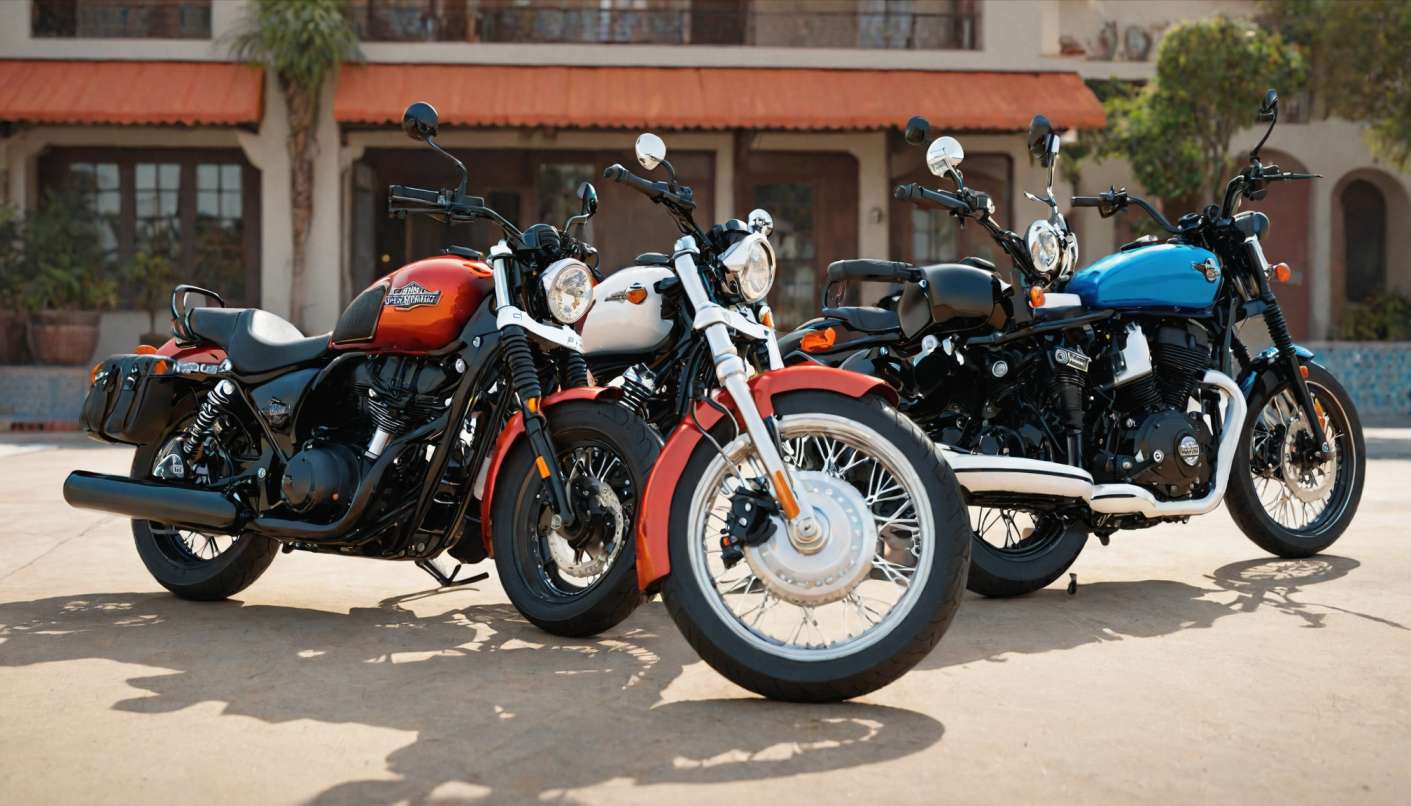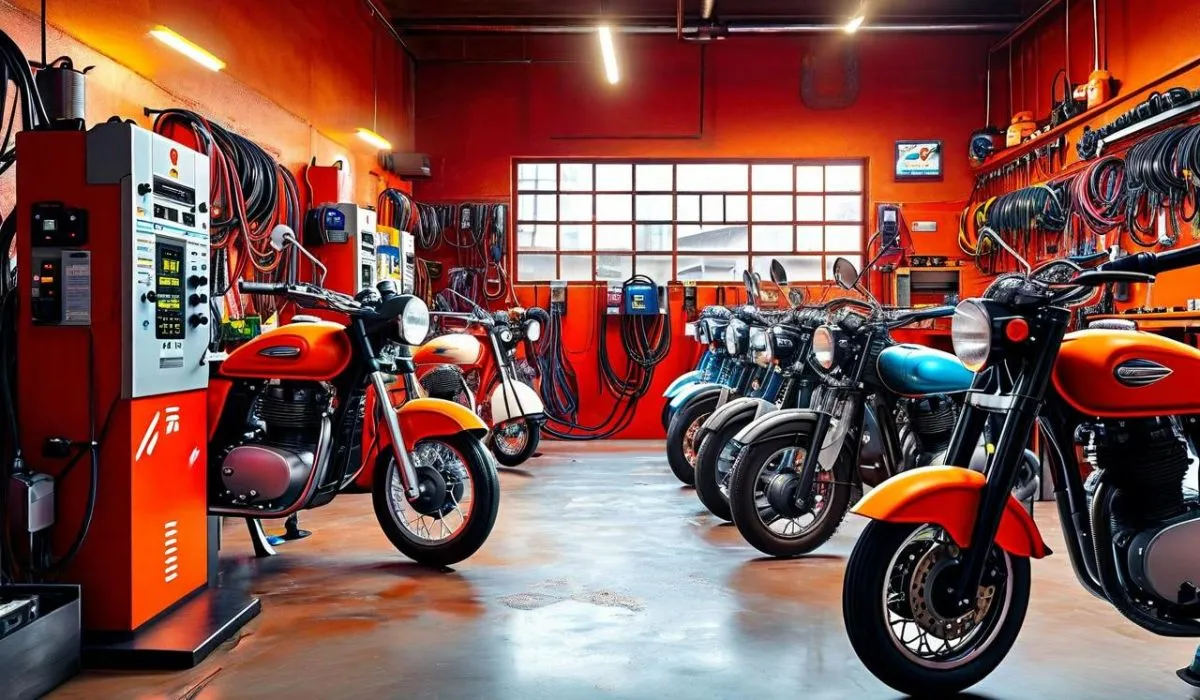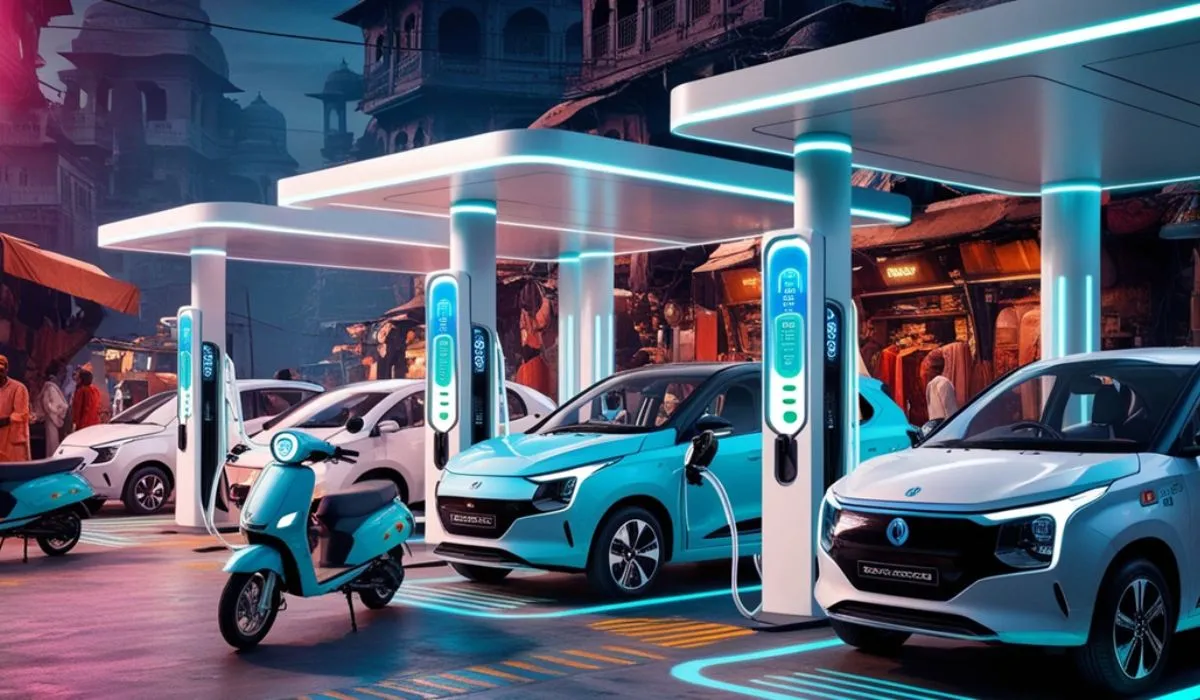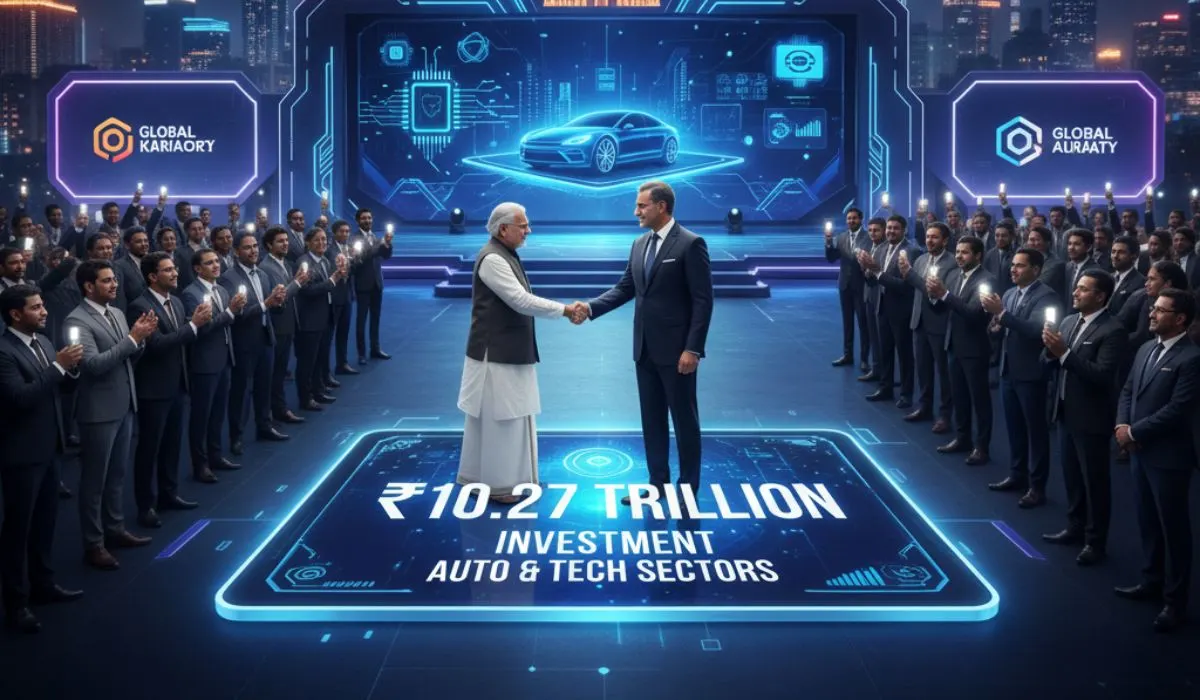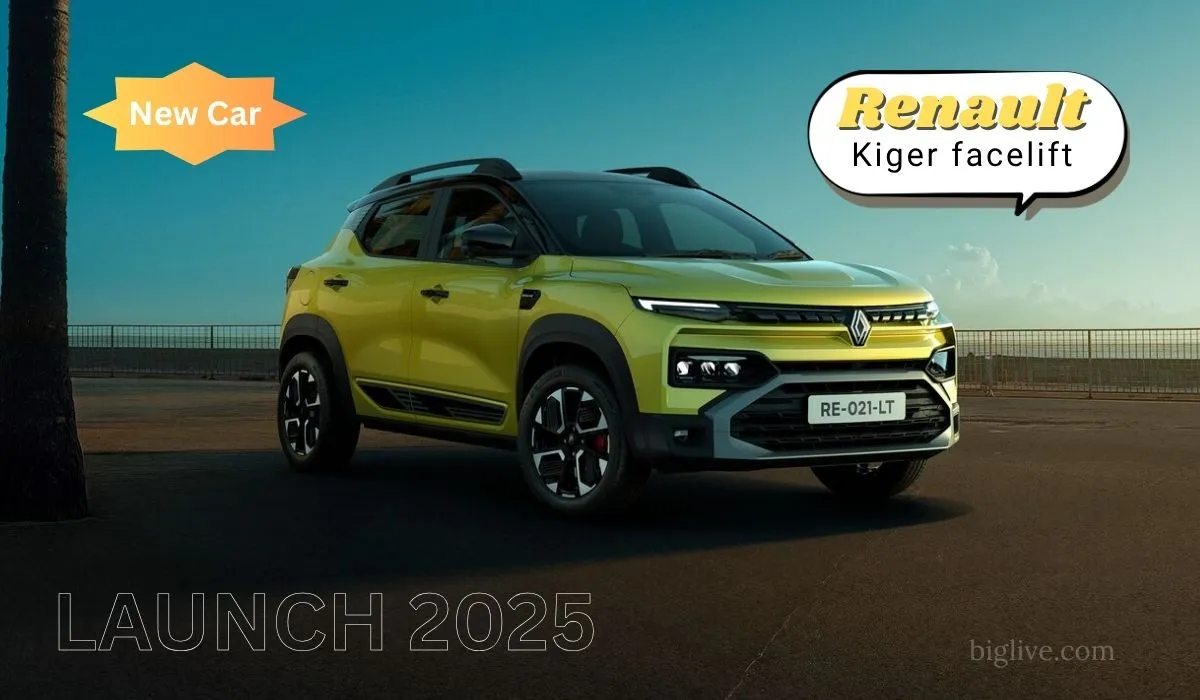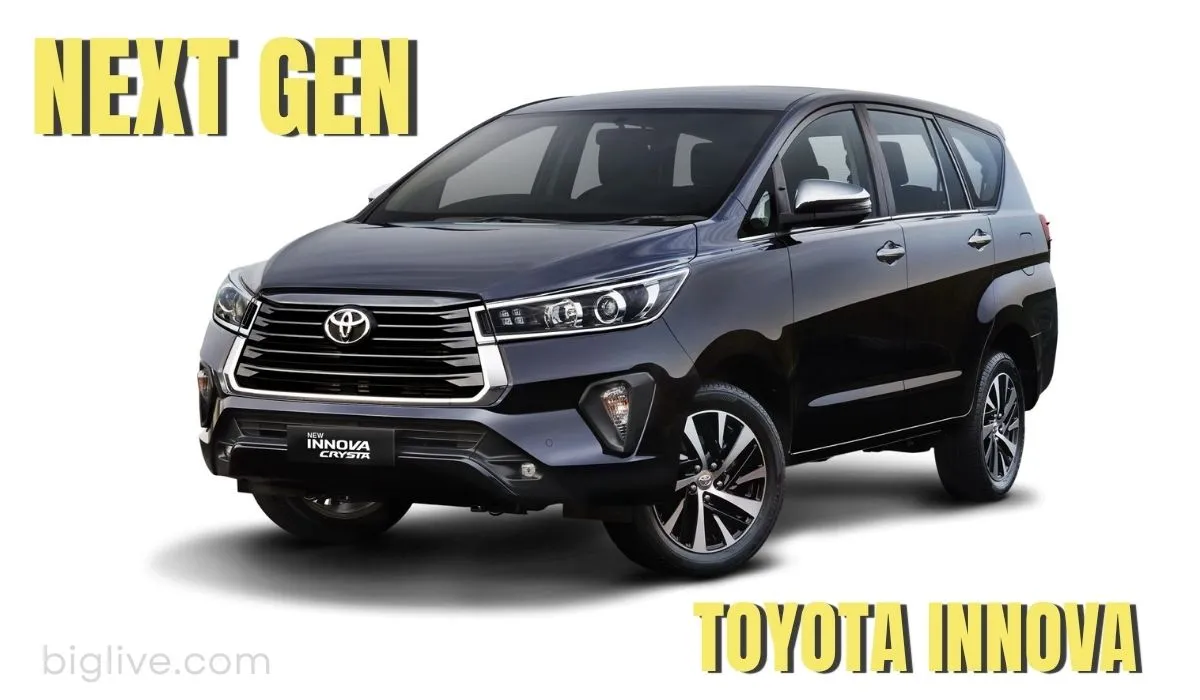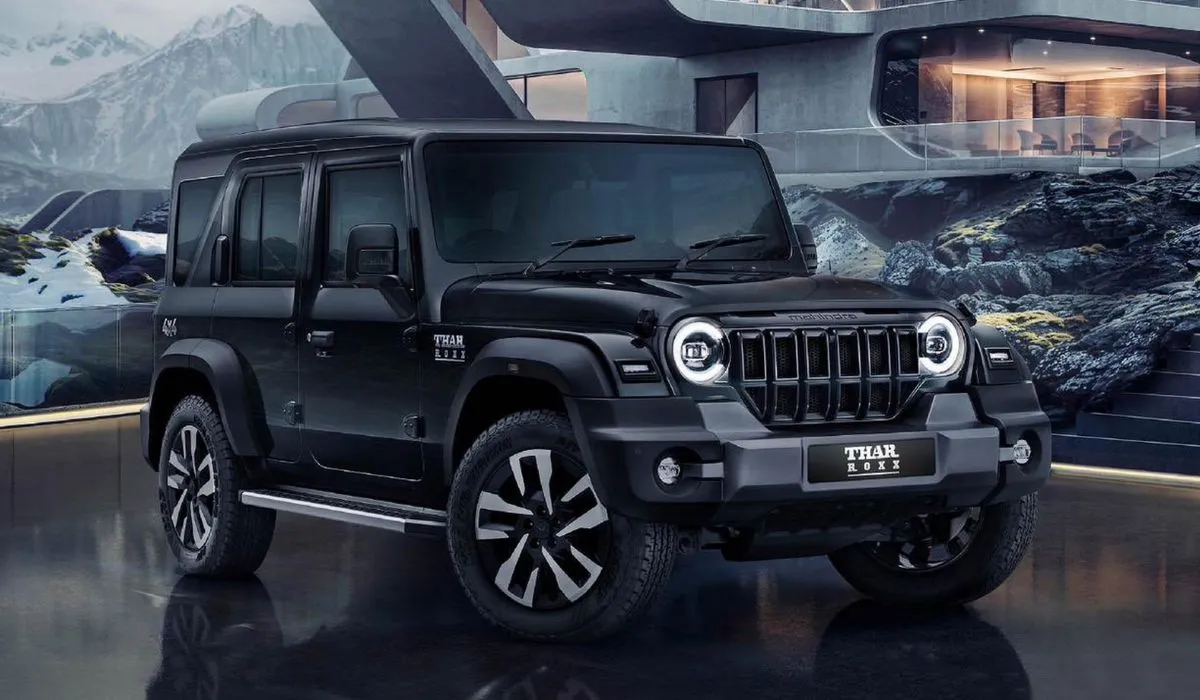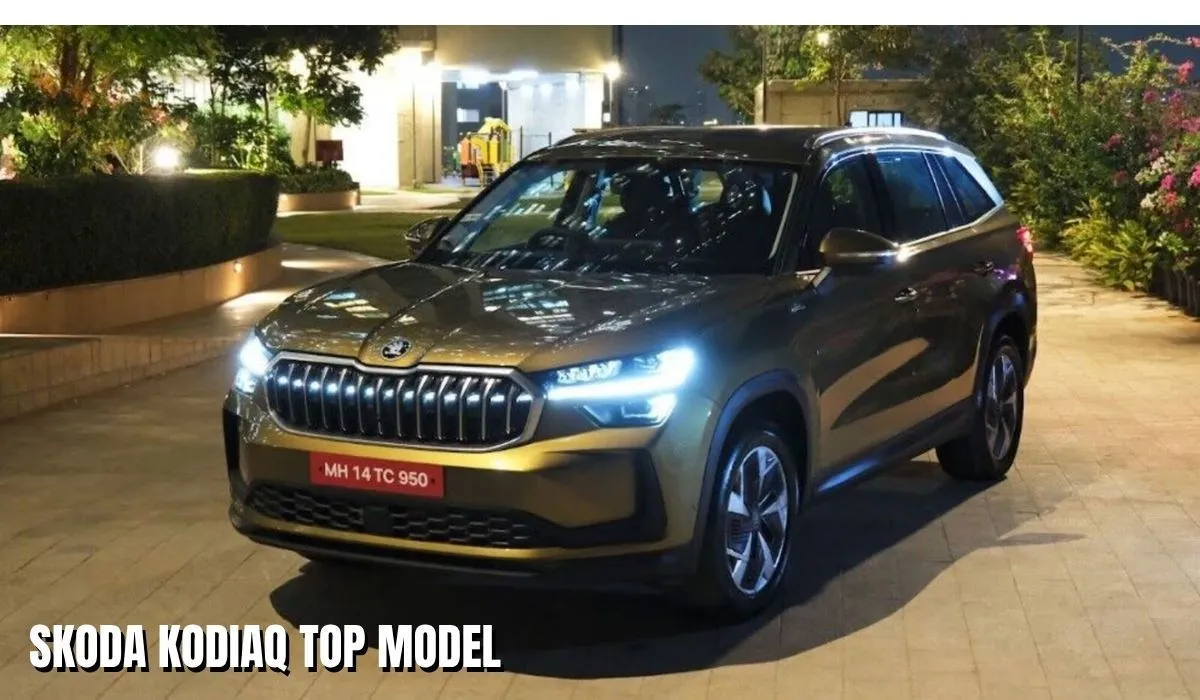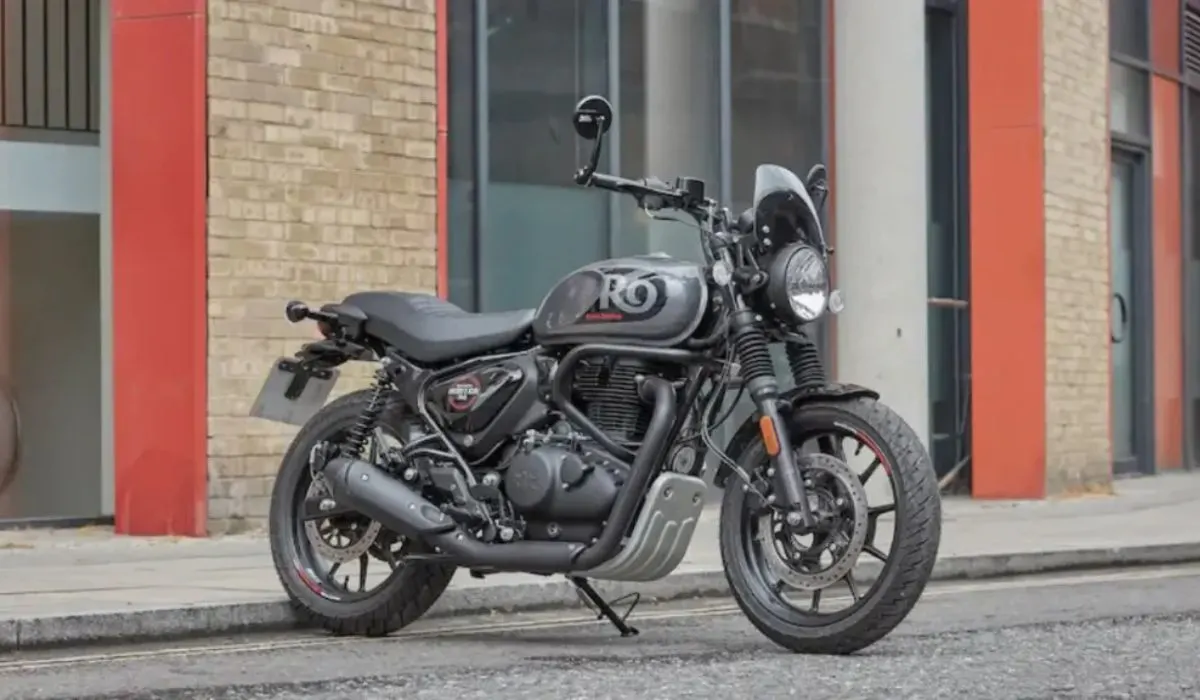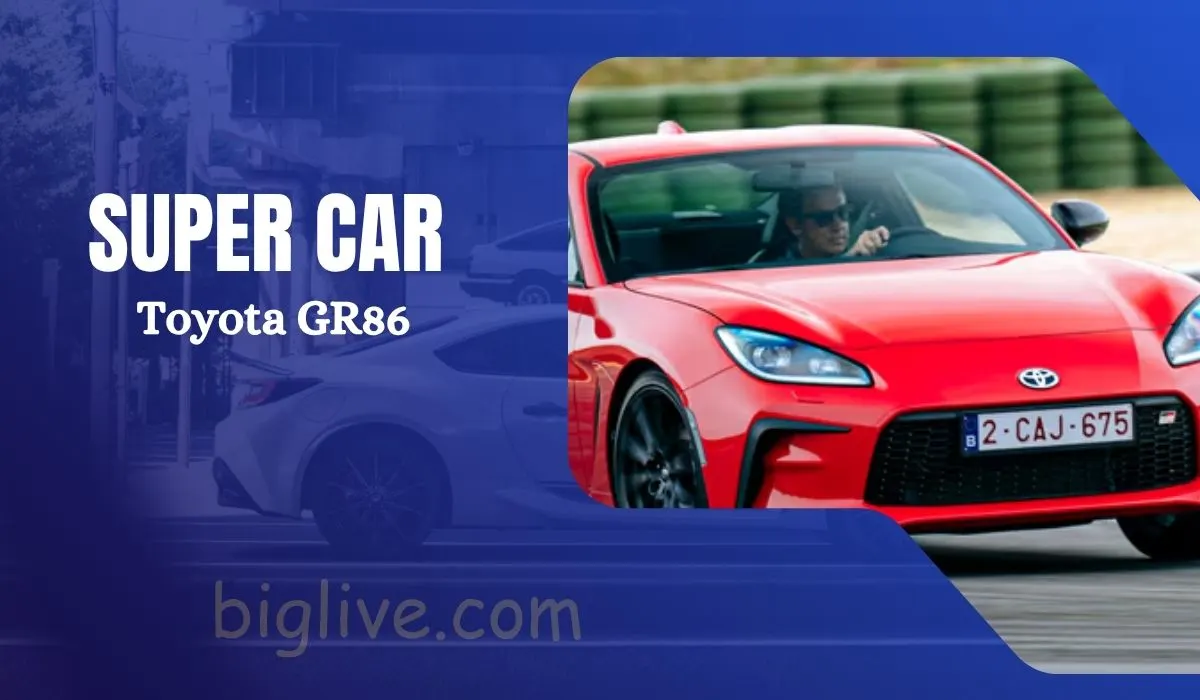India is home to a rich history of motorcycle manufacturing, and the country has produced some iconic motorcycles that have captured the attention of riders worldwide. In recent years, Indian bike brands have been stepping up their game, with a focus on quality, innovation, and design. This has led to a shift in the global motorcycle market, where Indian bikes are starting to compete with the best in the world. But how do Indian bike brands stack up against their global competitors? Let’s take a closer look at this exciting rivalry.
The Rise of Indian Motorcycle Brands
India’s motorcycle industry is largely dominated by two major players: Royal Enfield and Bajaj Auto. Royal Enfield, known for its retro-inspired designs and thumping engines, has been a global sensation in recent years, particularly in markets like the UK, Europe, and North America. Bajaj Auto, on the other hand, is one of the largest motorcycle manufacturers in the world, producing motorcycles that cater to both domestic and international markets. These brands are not only competing within India but are also challenging the dominance of global players like Honda, Yamaha, Harley-Davidson, and Kawasaki.
Performance and Engineering: Indian Bikes Vs. Global Competitors
When it comes to engine performance, Indian bikes have come a long way. Royal Enfield’s Interceptor 650 and Continental GT 650 have received rave reviews for their robust twin-cylinder engines, which offer impressive performance at an affordable price. These bikes are designed to compete directly with models like the Triumph Street Twin or the Kawasaki Ninja 650. The 650cc segment has been a sweet spot for both Indian and global manufacturers, and Royal Enfield’s twin-cylinder machines bring a balance of power, torque, and retro charm, making them appealing to both novice and experienced riders.
In comparison, global competitors like Kawasaki and Honda have long established themselves as the leaders in high-performance motorcycles, with models such as the Kawasaki Z650 and Honda CB650R setting the benchmark for quality and engineering. These bikes often come with cutting-edge technology, superior suspension systems, and refined powertrains, which are still areas where Indian bikes are catching up.
However, Indian bikes have begun to focus heavily on reliability and durability. Royal Enfield, in particular, has worked tirelessly to address quality control issues and improve its products. The brand's newer models, especially the Meteor 350 and Classic 350, have gained strong praise for their refined engines and solid build quality.
Design and Aesthetics
One of the defining characteristics of Indian bikes is their distinctive design, which often draws from vintage and classic influences. Royal Enfield has become synonymous with timeless design, and the brand's motorcycles are known for their nostalgic appeal. Models like the Classic 350, Meteor 350, and Interceptor 650 showcase a design language that embraces both elegance and ruggedness, which has become a hallmark of the brand.
Global brands, such as Harley-Davidson, Triumph, and Ducati, also place a heavy emphasis on design, but their approaches are often more contemporary, incorporating modern lines and performance-focused aesthetics. Harley-Davidson, for example, is known for its heavy cruisers with imposing presence, while Ducati focuses on sportier designs and sleek, aggressive looks.
Indian bikes may lack the same level of visual polish in some high-end models when compared to global brands, but they’ve certainly carved out a niche for themselves with their old-school charm and distinctive appeal. In fact, many riders prefer the simplicity and ruggedness of Indian bike designs over the flashier looks of their global counterparts.
Price and Value for Money
One of the biggest advantages of Indian motorcycles is their affordability. In comparison to global brands like Harley-Davidson or Ducati, which often come with a premium price tag, Indian bikes are priced much more competitively, making them more accessible to a wider audience. The Royal Enfield Meteor 350 is a prime example of an affordable yet well-built bike that offers great value for money. Similarly, Bajaj Auto’s Dominar 400 offers impressive performance at a fraction of the price of a comparable bike from Honda or Yamaha.
In the world of global competitors, price is often reflective of the brand’s reputation, performance capabilities, and technology. High-performance bikes from brands like Honda, Yamaha, and Kawasaki often command higher prices, but they offer advanced features like ride-by-wire throttle systems, electronic suspension adjustments, and cutting-edge safety technology.
While Indian bikes may not offer the same level of advanced technology, they excel in providing great value for money without compromising on the riding experience. The combination of affordability, reliability, and nostalgic design makes Indian bikes an attractive option for many riders.
Technological Advancements
Global competitors are often at the forefront of introducing new technologies to their bikes. Honda, for example, offers advanced ride modes, traction control, and ABS (anti-lock braking systems) as standard in many of its motorcycles. Kawasaki is known for incorporating high-tech features like quick-shifter technology, electronic throttle control, and Kawasaki's Riding Modes in many of its sport and touring bikes.
Indian brands, however, are gradually closing the gap in this regard. The Royal Enfield Meteor 350 is equipped with a tripper navigation system (a first for the brand), LED headlights, and a digital-analog instrument cluster. The Bajaj Dominar 400 boasts dual-channel ABS, LED lights, and a digital instrument panel, putting it on par with some of the technology found in its more expensive competitors.
While Indian bikes may still lag behind global competitors in terms of cutting-edge technology, the gap is narrowing. Indian manufacturers are investing more in R&D to integrate modern features that enhance both performance and safety, and it’s only a matter of time before they catch up fully.
Global Appeal and International Presence
Indian bike brands, particularly Royal Enfield, have made significant strides in establishing a global presence. Royal Enfield has made its mark in the UK, Europe, North America, and Australia with strong sales and a loyal customer base. The brand has embraced a more global outlook with designs and performance that appeal to international riders.
On the other hand, global brands like Harley-Davidson and Ducati have a long-established presence in India, although they often cater to a niche audience due to the higher price points of their bikes. Indian manufacturers are now also targeting international markets more aggressively, looking to expand beyond Asia into North America and Europe.
Conclusion
When comparing Indian bikes to their global competitors, it’s clear that Indian brands have made tremendous progress in terms of performance, design, and technology. While they may not yet match the global giants in every aspect, their competitive pricing, solid build quality, and nostalgic appeal have garnered them a loyal following both at home and abroad.
Indian motorcycle manufacturers like Royal Enfield and Bajaj Auto have proven that they can stand toe-to-toe with the best, and with continued investment in innovation and quality, they are well-positioned to compete on the global stage for years to come. For riders looking for a great balance of performance, heritage, and value, Indian bikes present a compelling option in the ever-competitive motorcycle market.



